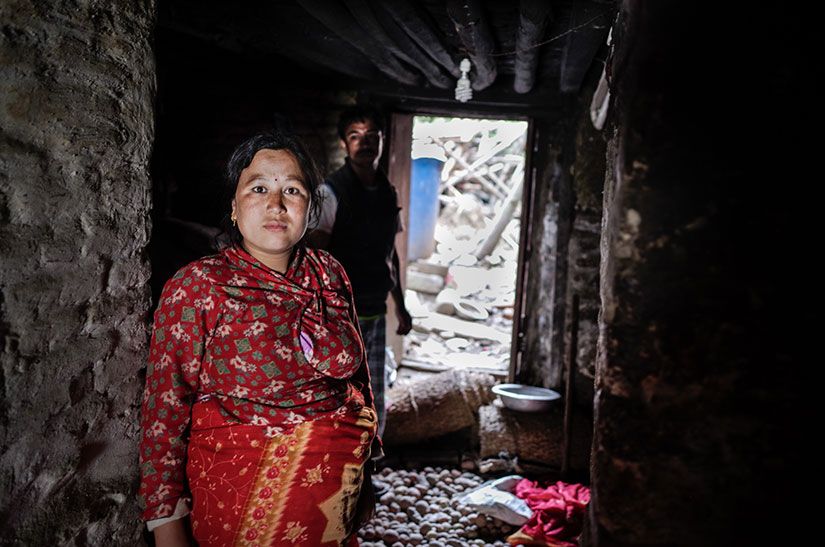
Janelle Weissman, 5 June, 2021
When you think of philanthropy, what springs to mind? Large sums of money being donated at high-end black tie affairs, to hospitals, arts institutions and universities?
Philanthropy is not just about the wealthy. And it is not just directed to well established, deeply entrenched institutions. It can contribute to social change, to transformative advocacy work and to advancing gender equality, whether here in Australia or across our borders.
Philanthropy, translated via Latin from Greek means love of (hu)mankind. I have worked in the not-for-profit sector for more than twenty years. Philanthropy and volunteerism are the heartbeat of the sector.
Philanthropy is not defined by the size of the contribution. It is defined by the spirit of the gift; to demonstrate your love for maternal/child health, the arts, women’s rights, the environment, and so much more. Any contribution to a not-for-profit that is motivated by making the world a better place – that is philanthropy in my book.
But how do we know that our philanthropic contributions are making an impact? That is a topic of increasing concern and interest, as the not-for-profit sector continues to swell and there is no shortage of causes to care about and support. One aspect to consider is applying a gender lens to your giving. Why? Because investing in organisations and programs focussed on women and girls yields higher dividends.
Here are a few examples:
- When we invest in women and girls (and programs that provide economic opportunities for them), they spend 90% of their earned income on their families, while men spend only 35%. Practically speaking, this means that women are reinvesting back into their families, which supports communities, and makes a big difference when it comes to access to education, healthcare and more.
- Ensuring equality in education results in better health outcomes: if all women completed secondary school in low and lower-middle income countries, the under-five mortality rate would fall by 49%, equal to saving 2.8 million lives every year.
- Globally, countries with the least gender inequality, as measured by the United Nations Development Program’s Gender Inequality Index, have higher gross national income per capita than countries with the highest levels of gender inequality. In other words, more gender equality breeds stronger economies.
In the words of entrepreneur and philanthropist Sarah Blakely, “I pledge to invest in women because I believe it offers one of the greatest returns on investment. While many of the world’s natural resources are being depleted, one is waiting to be unleashed – women.”
Blakely is alluding to the current status of women and girls – the untapped potential. This is something we know all too well at UN Women. Day in, day out, I hear both stories of hope and inspiration, and those that highlight obstacle after obstacle, limiting women’s and girls’ opportunity to participate fully in all facets of social, political and economic life. To name a few: globally, women are still paid less than men for work of equal value. The digital divide remains gendered, with most of the 3.9 billion people who are offline being women and girls. Around the globe, on average, 1 in 3 women will experience violence in their lifetime.
This may be the current state of the world, but it does not have to be the future. It doesn’t take a Gates Foundation-sized donation to make an impact on women and girls in your neighbourhood or across the ocean. Here’s a simple example of how considering gendered impacts in our giving can make a big difference: in the wake of a natural disaster or emergency, women face increased risk of sexual and gender-based violence. In emergencies, electricity may be out for not just days, but months; we know that all too well here in Australia. UN Women distributes solar lanterns to women and girls following natural disasters or in refugee camps. Solar lanterns light the way to toilet blocks, creating a safe pathway from a woman’s temporary shelter. They provide a source of light for girls to read after dark. And the cost of one solar light is just $5.
Next time you consider giving ask yourself, what impact will my dollar make? Ask yourself, if you believe that every girl and woman should have the same opportunities as men and boys to be learners, earners and to live lives free from violence and discrimination, how your dollar will change the future?
